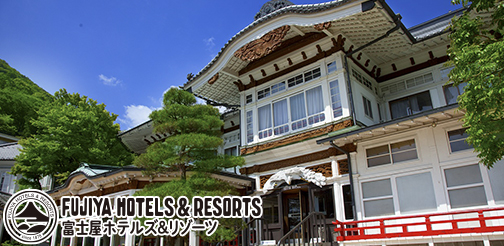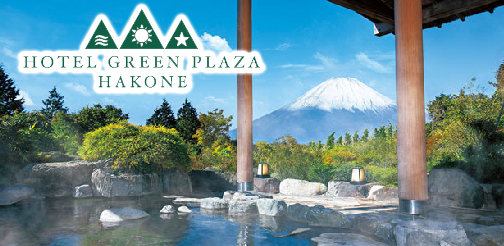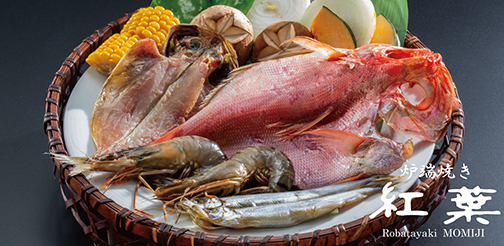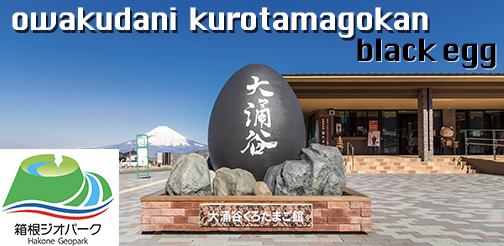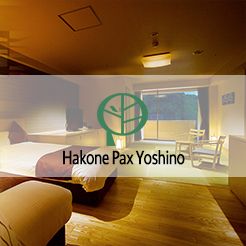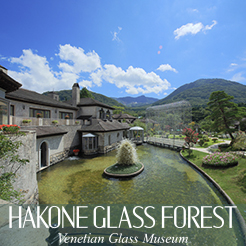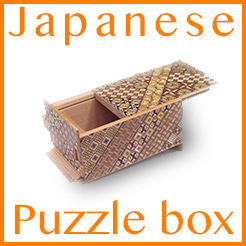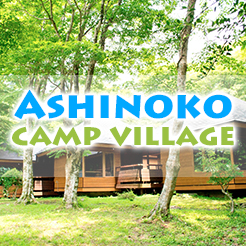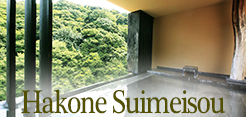Hiryu means “flying dragon” in Japanese, and with a little imagination, one can imagine this two-tiered waterfall in the middle of a lush forest living up to its mythic name. A stream rushes down a 15-meter drop, briefly hits a rock pool, and then plunges downward another 25 meters before disappearing beneath the dense greenery further down the hill. Historical records indicate that Hiryu Falls has been a destination of compelling importance at least since the Kamakura period (1185–1333), when Buddhist priests started using its waters for ascetic training. Standing directly beneath the falls and meditating while the icy waters pummeled their bodies was thought to help purify the mind. Getting to the falls still requires some effort today: a 45-minute hike along a trail from Hatajuku or a 30-minute downhill walk from the Ashinoyu area. Both paths are relatively well marked, but unpaved and often slippery due to the wet terrain.
Hiryu means “flying dragon” in Japanese, and with a little imagination, one can imagine this two-tiered waterfall in the middle of a lush forest living up to its mythic name. A stream rushes down a 15-meter drop, briefly hits a rock pool, and then plunges downward another 25 meters before disappearing beneath the dense greenery further down the hill. Historical records indicate that Hiryu Falls has been a destination of compelling importance at least since the Kamakura period (1185–1333), when Buddhist priests started using its waters for ascetic training. Standing directly beneath the falls and meditating while the icy waters pummeled their bodies was thought to help purify the mind. Getting to the falls still requires some effort today: a 45-minute hike along a trail from Hatajuku or a 30-minute downhill walk from the Ashinoyu area. Both paths are relatively well marked, but unpaved and often slippery due to the wet terrain.
The lords of Hakone were down, but not out: Ujimasa’s brother Ujinori (1545–1600) and nephew Ujikatsu (1559–1611) both escaped the calamity and kept the Hojo name alive. These two family lines, which survive in the present, played a significant part in the rebuilding of Sounji in the first half of the seventeenth century. Since 1672, the grounds have included a monument to five generations of Hojo lords: Soun, Ujitsuna, his son Ujiyasu (1515–1571), Ujimasa, and Ujinao. Gen’an’s Zen garden, located behind the temple’s main hall, was revived in the 1660s. And beyond it on the hillside, majestic castanopsis trees tower over the temple cemetery, casting their shadows over the graves of Hakone’s former masters.
.
This English-language text was created by the Japan Tourism Agency.



